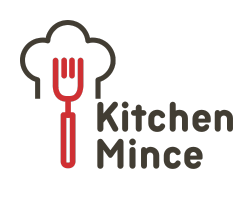Best Ideas for Preserving Heirloom Recipes in Your Kitchen
Every family has dishes that carry more meaning than just flavor. They are tied to stories, traditions, and moments around the table. The challenge today is not only cooking those heirloom recipes but also making sure they stay alive for future generations. Preserving them is about more than archiving; it’s about keeping family identity vibrant in the kitchen.
Before diving into practical methods, it’s worth considering why these recipes matter. Handwritten notes, grandmother’s cooking tips, or even the small variations added through the years reveal family history in every spoonful. With some thought and the right tools, you can safeguard these treasures and pass them on.
1. Writing and Digitizing Family Recipes
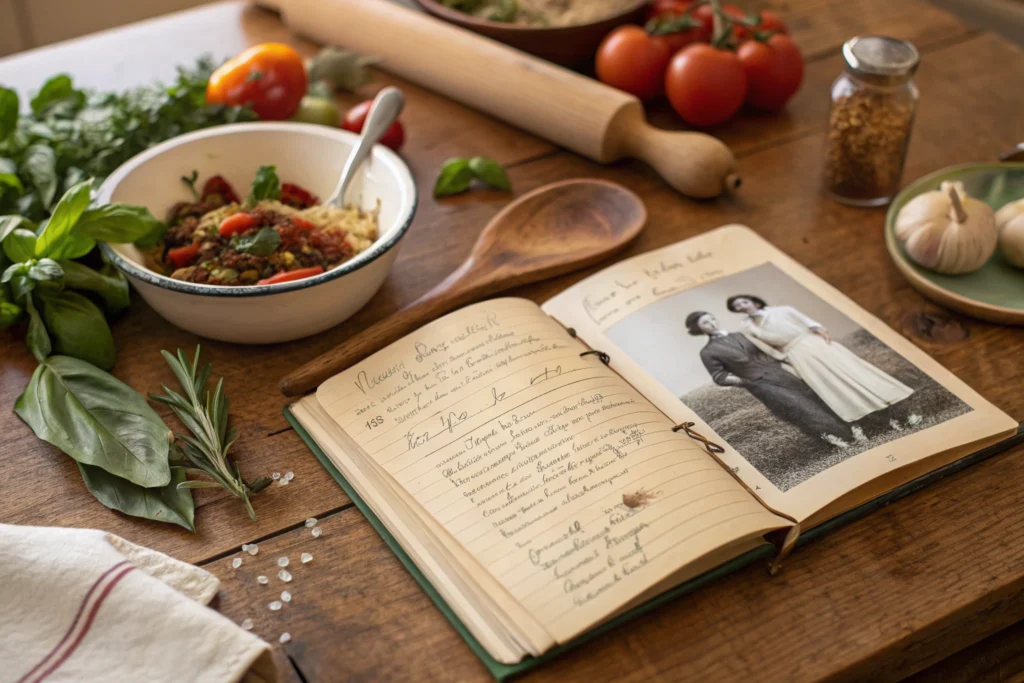
One of the most reliable ways to preserve recipes is by writing them down. A handwritten recipe book captures personality through penmanship, but adding a digital copy ensures longevity.
Start by gathering loose papers, notes, and clippings tucked away in kitchen drawers. Document them carefully, either by typing them into a file or scanning the originals. A digital folder or cloud storage can serve as your modern archive, making recipes easy to share with family members scattered across different cities or even countries.
To keep the process engaging, many people like to use creative tools. For example, a reusable sticker book can help you organize recipes by sticking, removing, and re-ordering labels without damaging the original notes. This way, you can keep track of adjustments, highlight seasonal variations, or even add personal touches without rewriting everything from scratch.
2. Creating a Family Cookbook
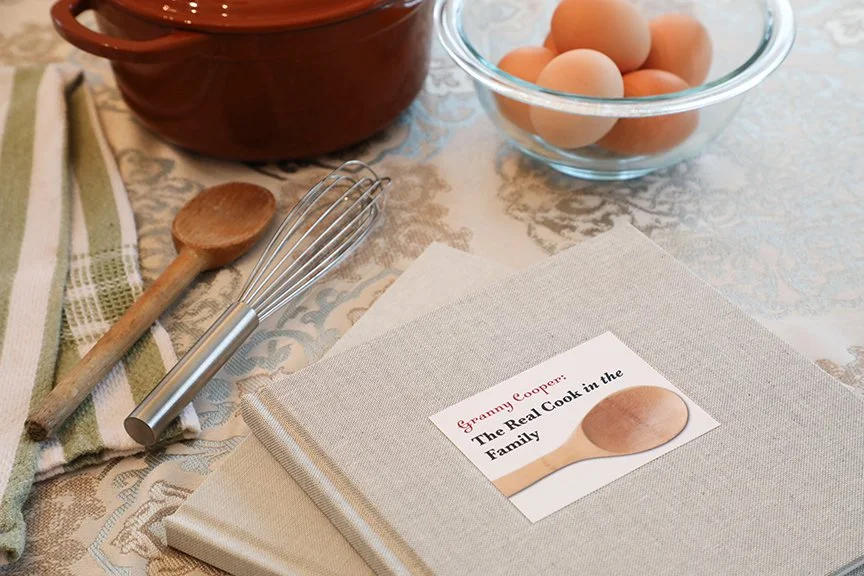
Turning scattered recipes into a structured cookbook is one of the most rewarding projects you can take on. Beyond being a reference, it becomes a family heirloom in its own right.
When compiling a cookbook, consider adding more than just ingredients and instructions. Include stories, photos of the original cook, or anecdotes about when the dish was typically served. Recipes for Sunday lunches, festive desserts, or quick weekday meals gain deeper meaning when paired with the memories that surround them.
A good approach is to divide the book into sections: appetizers, main dishes, desserts, and even sauces or special techniques. By doing so, you create an organized structure that future generations can use seamlessly. Many online printing services let you design custom cookbooks with professional layouts, giving your family recipes a polished and lasting presentation.
3. Using Audio and Video Recordings
Sometimes, the details of a recipe are not fully captured in text. The “handful of this” or “cook until it looks right” instructions make sense only when seen in action. Recording a relative preparing the dish is invaluable for understanding these subtle details.
With just a smartphone, you can capture step-by-step processes. The videos serve two purposes: they show exact techniques and they preserve the voice and mannerisms of the cook. Years later, hearing a grandparent explain why a sauce should simmer slowly can be just as meaningful as tasting the dish itself.
If the video feels too elaborate, simple audio recordings work well. They allow relatives to tell the story behind the recipe, adding personal commentary that no written instruction could replicate. These sound bites become cherished family keepsakes.
4. Organizing Recipes with Digital Tools
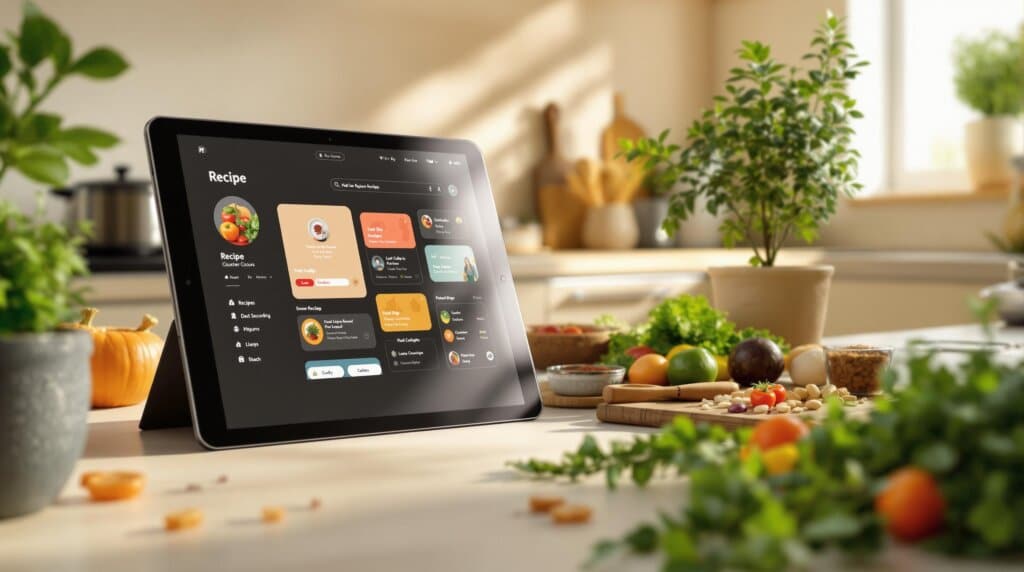
Technology makes preserving heirloom recipes far easier than before. Recipe management apps allow you to categorize, tag, and search through dishes quickly. They also let you attach photos, videos, or voice notes alongside the written instructions.
Some people prefer using collaborative platforms like Google Drive or shared folders. These allow multiple family members to add their versions or memories, turning the collection into a living document.
If you want to make your digital collection more engaging, try this:
- Use recipe management apps with tagging features so you can quickly pull up dishes by ingredient, season, or occasion.
- Keep a shared family folder where each member can upload photos of their cooking attempts or alternative versions.
- Design recipe cards with visuals, including family photos or illustrations, to make them feel personal rather than generic.
- Create a backup system on cloud storage or an external drive to protect the collection from accidental loss.
For those who enjoy design, creating digital recipe cards can be an excellent middle ground. Each card can feature the recipe, a family photo, and a short story. They’re easy to print, laminate, or share online.
5. Hosting a Family Recipe Day
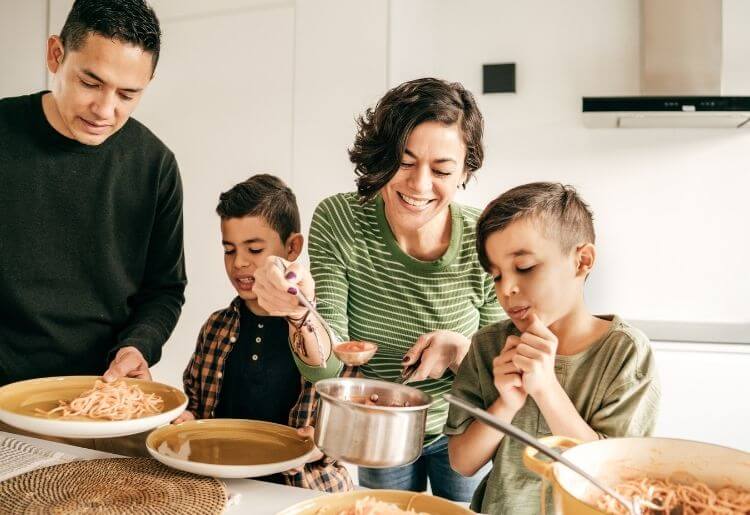
One of the most engaging ways to preserve recipes is to bring everyone together and cook them as a group. Hosting a family recipe day allows older generations to pass on cooking techniques in person while younger members take notes or record the process.
The event can be structured like a workshop, where one person demonstrates, and others join in. Recipes tested this way naturally get refined and clarified. You’ll also notice differences between how each person remembers the dish, which sparks conversations about family history and taste.
At the end of the day, gather everything that was documented and store it—whether digitally or in a physical binder. Over time, these shared cooking sessions can become a tradition themselves, strengthening bonds and ensuring knowledge doesn’t fade.
6. Blending Tradition with Modern Adaptations
While it’s important to stay true to original flavors, recipes also need to adapt to changing times. Ingredients once common may be hard to find now, and health considerations might require adjustments. Instead of seeing this as losing authenticity, view it as a continuation of the recipe’s evolution.
For example, if a dish originally relied on lard but you prefer lighter oils today, make a note of both options. This helps preserve the historical version while still keeping it practical for current kitchens. Documenting substitutions also shows how the recipe changed across generations, reflecting shifts in lifestyle and culture.
7. Creating a Legacy Beyond the Kitchen
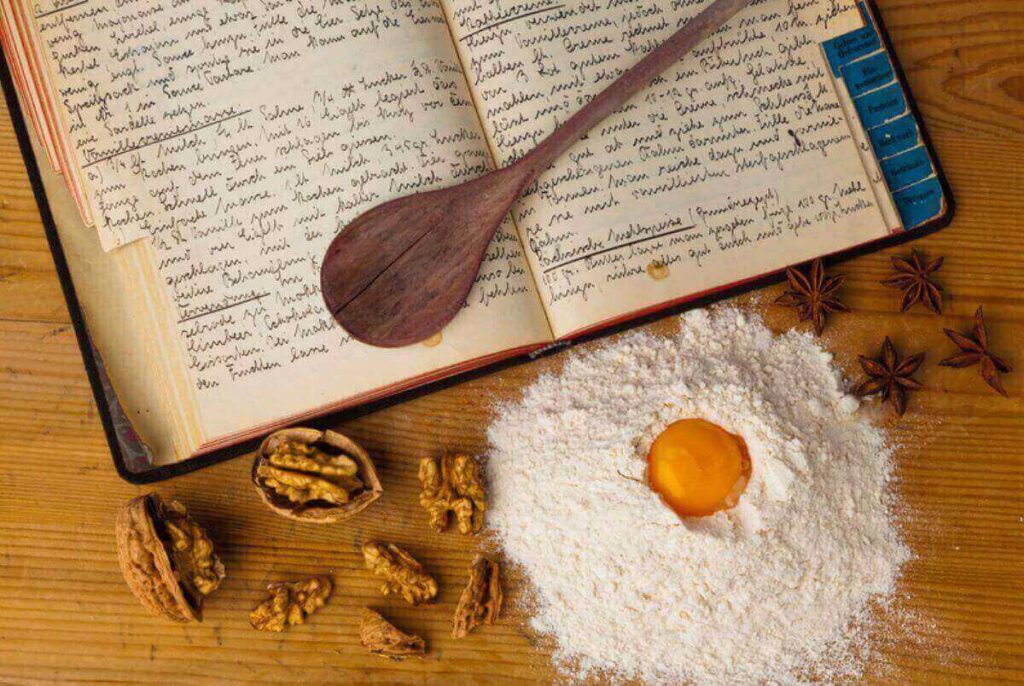
Preserving heirloom recipes isn’t only about food. It’s about maintaining identity, values, and shared experiences. By saving recipes, you’re also saving family traditions that might otherwise disappear.
Think beyond the plate: print a small booklet as a gift during family gatherings, compile a holiday newsletter with featured recipes, or start a family blog dedicated to cooking heritage. These efforts turn private knowledge into a lasting legacy.
Even something as simple as framing a handwritten recipe card and hanging it in the kitchen can have an impact. It serves as a daily reminder that the dishes you prepare are part of something much larger than yourself.
Final Thoughts
The best ideas for preserving heirloom recipes in your kitchen combine both practical tools and emotional awareness. Writing, digitizing, recording, and adapting all serve the same purpose: keeping family memory alive. Whether you choose a cookbook, a sticker system, or a digital archive, the goal is to make recipes usable and meaningful for the generations ahead.
Cooking connects people across time. Each preserved recipe is a bridge between the past and the future, reminding us that food is not just sustenance but also story, tradition, and love. By taking the time to safeguard them, you ensure that those flavors and the family history they carry will never fade from your table.
